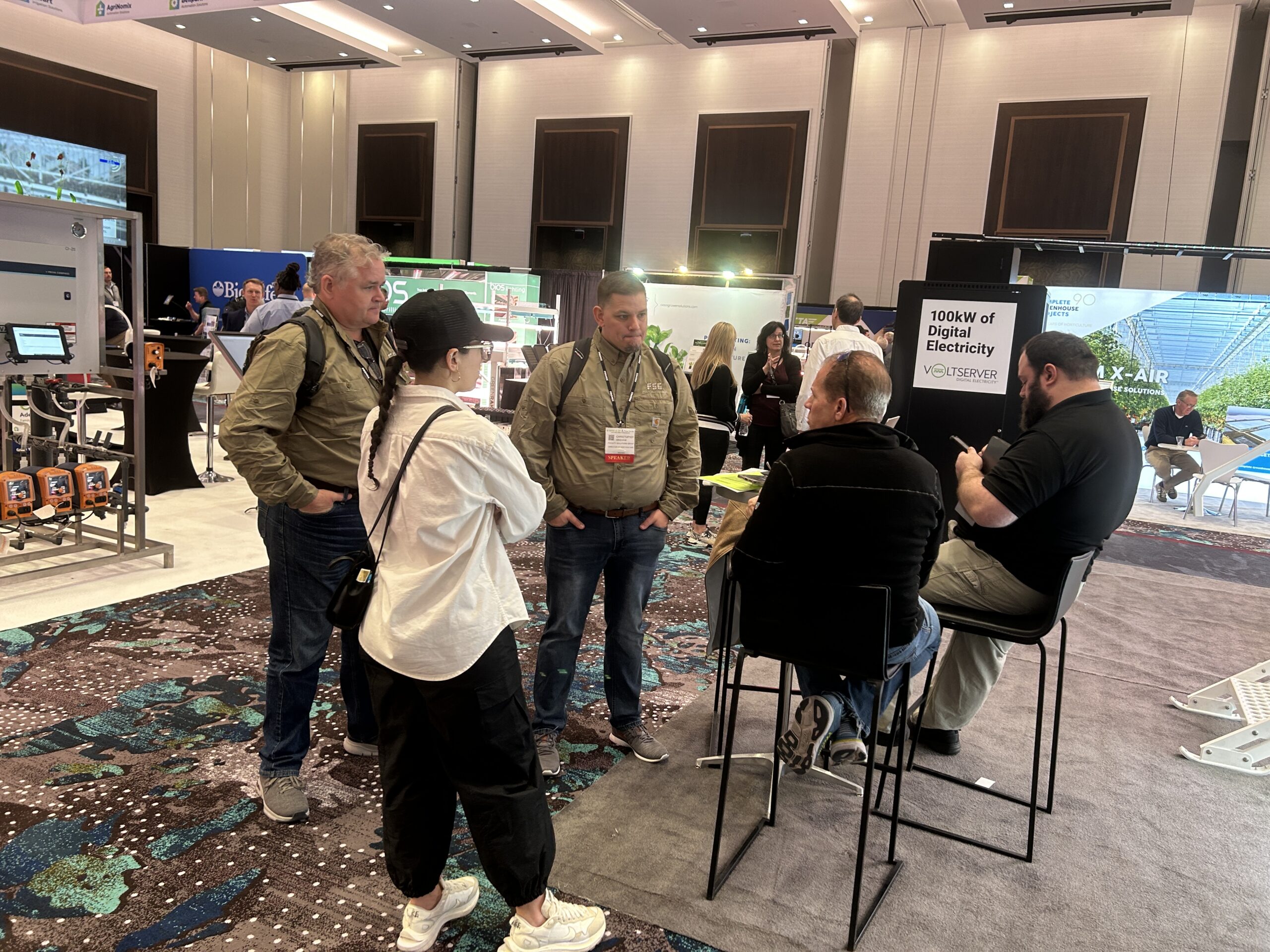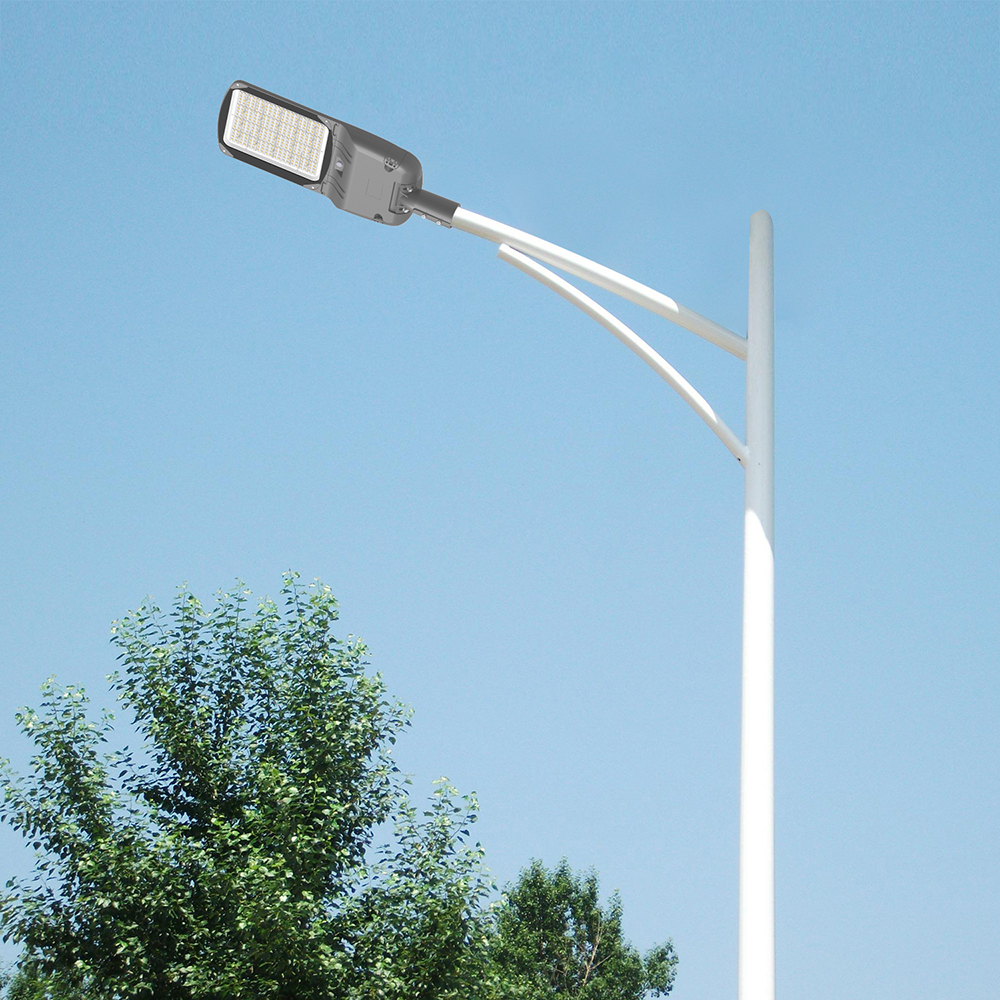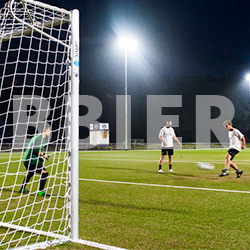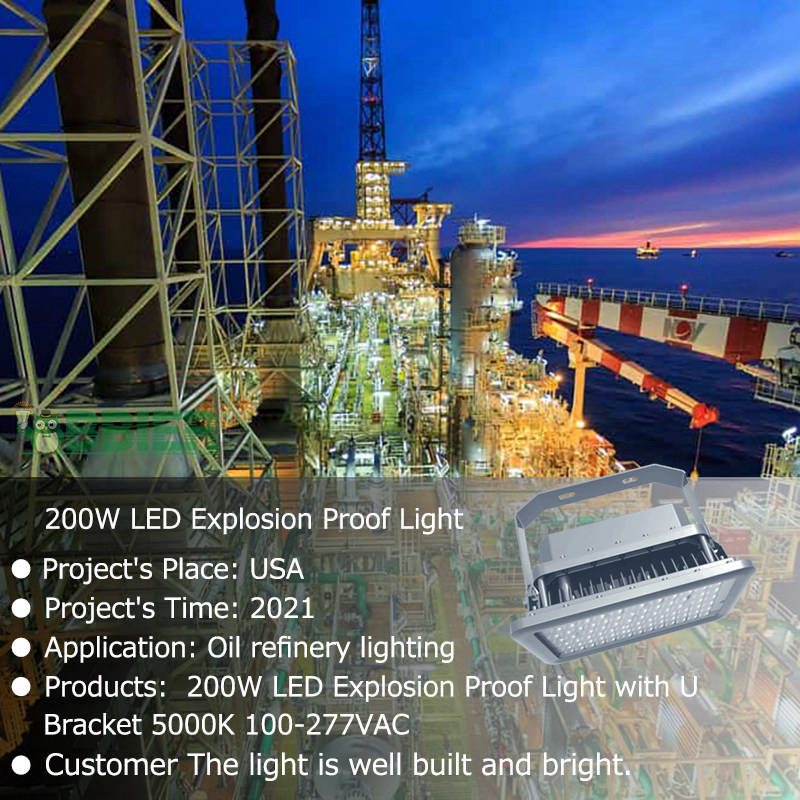Know Yourself (and Your Light): The Secret to the Perfect Lighting Audit
So you’ve decided that your building or business needs help with the lighting. There could be many reasons. ? ?
Maybe you want to reduce your energy bills. Maybe you’re looking for ways to improve your customer experience. It could be that the lights aren’t right for your employees, or they just aren’t right for your business.
Whatever the reason, it’s time for a lighting overhaul. It’s time to replace those inefficient, dim, expensive or ineffective lights with something better. It’s time to get serious about your lighting.
Before you can upgrade the lighting in your facility, you need to do a lighting audit.
What is a Lighting Audit?
A lighting audit is the process of gaining insight into your current lighting situation, assessing exactly what you have, developing a plan for the lighting you want and developing a roadmap to get there.
“Sounds complicated,” you might say. You will be right. Especially for larger venues, a lighting audit can be a very intensive process. But really it just means documenting every light you need to replace, and where each light is relative to your facility.
But auditing is critical. Without doing a proper audit, you’ll never have a plan right, and you’ll never know how to execute it properly.
The good news, though, is that while a lighting audit can be a daunting task, it doesn’t have to be a daunting one. Today, we’re going to share with you our secrets to completing the perfect lighting audit.
Follow the steps in this article, keep these points in mind, and you’ll have a huge advantage when you decide to spend a little time solving your business problems.
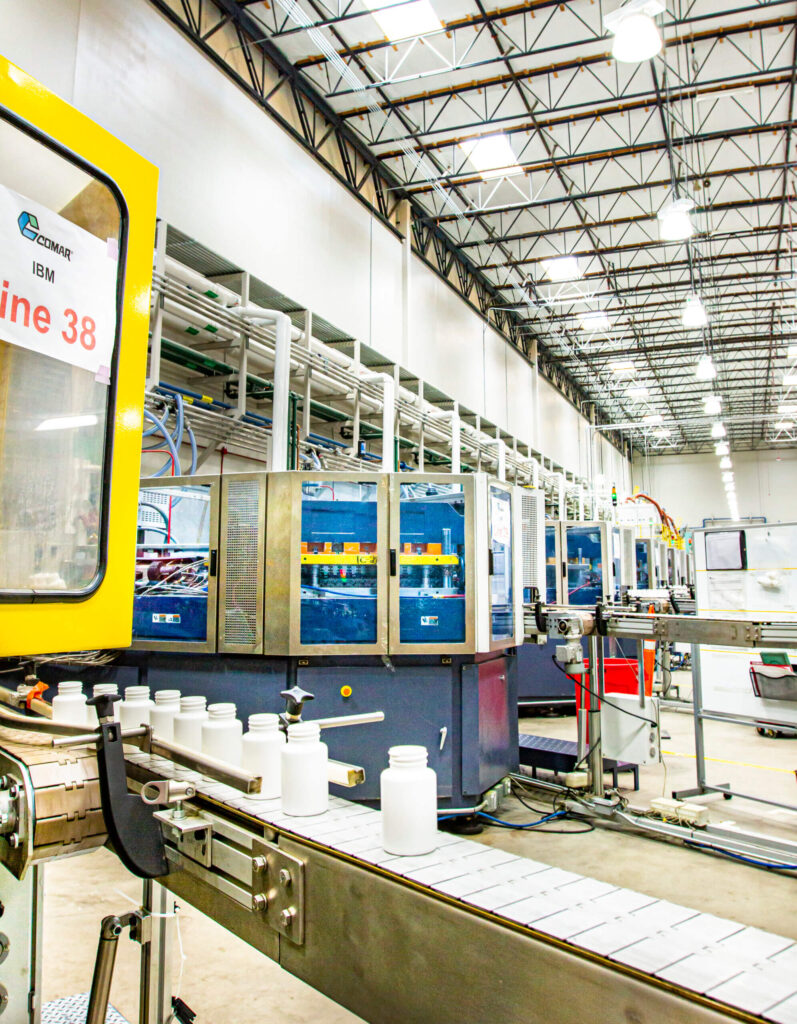
Lighting Audit: Where to Start
But where (and how) do you start?
Well, here’s a secret: don’t just go buy some ladders and some light bulbs. If your site (or sites) has a lot of lights, simply going to a home improvement store isn’t feasible. You’ll end up replacing lights that 1) may not have the look and feel you want, 2) may not save as much energy as you hoped, and 3) cost more money than you really want to spend.
Before you drop a dime on a new light (or a new ladder), there are a few things you need to know. A lighting audit will give you the information you need to estimate your lighting retrofit, as well as an idea of your project’s return on investment.
So let’s get started!
Lighting Audit Tips? 1: Know Your Goals
Your intention, your goal, your purpose. Before you fire up your calculator, or even start counting light bulbs, you have to know what you want from a lighting retrofit.
A lighting upgrade or retrofit can accomplish many things. But the best remodels have very specific goals, and the smartest business owners know what they want to achieve before they start the project.
Do you want to save energy (and lower your energy bills)? Would you like to reduce maintenance costs? Are light levels too high or too low? Is the lighting quality poor? Could it be that you need a better light color?
These are questions that any lighting project can address. Your first job in an audit is to decide which objectives you wish to address.
Let’s list each goal:
energy saving
save maintenance costs
light level
light quality
light color
Take the time to rank each goal in order of importance. Next, consider the degree of change you want to see. Write down whether you would like to see a “high” level change in light color, or a “low” level change in energy costs.
Detailing your needs like this will help you focus on the most important aspects of your upcoming project. It’s also an invaluable exercise if you’re working with a professional lighting contractor. By prioritizing your needs (and the degree of change you would like to see), you will give your contractors the perfect tools to create a detailed project scope and action plan.
If you will be doing this project yourself, the first step is how you will create and maintain the energy you need to get the most out of your work.
light? Audit Tip 2: Know Your Tools
Now that you’ve identified what you want to accomplish with this lighting project, it’s time to start gathering some hard data. But first, you need the right tools.
If you’re running a medium-sized facility or business, counting fixtures on your fingers isn’t feasible. Likewise, relying on your memory to tell you the type of lights, their output, their location, or any obstructions is simply not an option. At this point you will have to disassemble some hardware.
Fortunately, your kit is fairly small. Here’s a list of what you’ll need:
camera
tape measure
digital laser
photometer
audit form
The camera on your phone should be more than enough. You’ll want to capture images of each light type, and you’ll want multiple angles of your workspace. Close-up images of each fixture will serve as a record of your existing lights. Perspective views of each room or floor will be used for “before and after” comparisons.
Measuring dimensions requires a tape measure and a digital laser, especially if you don’t have access to drawings or plans of the venue. You’ll want to know the square footage (length X width) of each room, and the height between the lights and the floor.
A light meter will be used to read your current light level. This is important whether you wish to increase, decrease or maintain these levels in your new lighting solution. Your light meter should take readings in “foot candles”, basically showing the amount of light in the task (usually on the table or where the task is performed).
In the end, your audit form will be your key text for the project. In it, you’ll write down information about your lighting system, including the number of fixtures of each type, current and desired light levels, color readings, and any other information relevant to your project. Also, if you work with a professional contractor, this form will help them get started. But if not, an experienced lighting contractor will handle all of these steps for you.
Below are three lighting snapshot worksheets that any business owner can print and use if you’re considering upgrading the lighting in your office or facility. Whether you’re considering working with your team, or planning to hire a commercial lighting contractor, these worksheets will help you manage projects more efficiently.
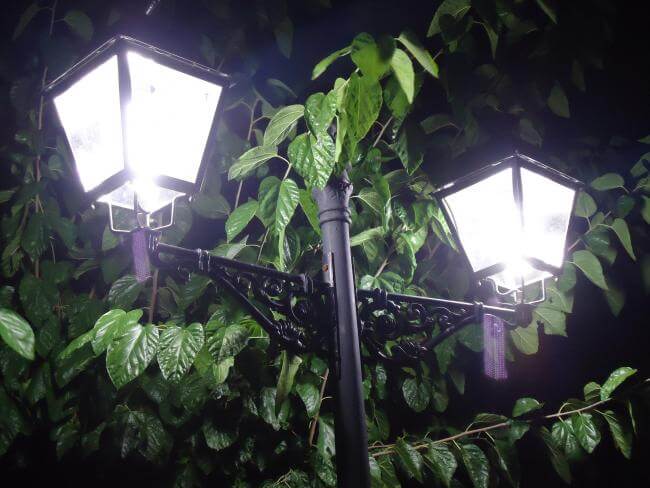
Location Worksheet Download If your location is small and doesn’t have a wide variety of lights, this is the only worksheet you’ll need. Simply list the information for each light and the approximate hours of use for each month. You can use this to calculate how much energy your lighting uses and how much your new LED lighting will save you. Download the printable worksheet here.
Light Inventory Worksheet Download If you have a larger facility or if you have a wide variety of lights and fixtures, use this worksheet along with the Room Count Worksheet to take an inventory of your facility. Assign each light type a number that you will use in the room count to specify the type of light in each room. This saves you time as you only have to write the information about your light once and then refer to it when you do your calculations. Download the printable worksheet here.
The Room Counting Worksheet Download uses the light checklist to reference the type of lights in each room, the number of lights, and the average number of hours the lights are used each month. Not only is this information critical in deciding what type of light you need, but it can also be an invaluable aid when it comes to installation. Download the printable worksheet here.
If using your own form, here is an example of the most important details you will need:
Position Quantity Description Lamp Description OFFICE22X4 3 Lamp Parabola 4¡ ä 32W T8
Lighting Audit Tip #3: Know Your Numbers
Fixture count and wattage are self-explanatory here. But what does he mean by “burn time”? Suffice it to say: most businesses use lights for more than just business hours. Employees arrive early and late. Cleaning staff work overnight twice a week. Some businesses are open on weekends even though they are officially closed on those days. All the while, the lamp was burning.
So when you’re thinking about the number of hours you’ll be using the light (and how long you want your new light to last), think carefully about the actual usage patterns of the light. Don’t simply multiply 9 hours per day by 5 days per week. Count (or estimate) how long it takes for the light switch to toggle “on” and make your graphics as close to those modes as possible.
Some other numbers and information for you to consider:
Financial information (especially summer and winter energy bills)
Building/site information (including floor plans, drawings, and locations of HVAC, controls, exits, and equipment rooms)
Occupant information (burn time, potential problem areas, etc.)
The more quantifiable numbers you have post-audit, the better off you will be. You’ll have all the information you need to improve your lighting yourself, or you can hand it over to a professional contractor to perform the project for you.
Lighting Audit Tips? 4: Know Your Plan
As a final note, here’s a checklist of all the items you’ll want to consider in your lighting audit:
______ Hours of Operation
______ Burn time
______ Number of fixtures
______ Area/room lighting control method
______ Fixture Voltage
______ Number of lights per fixture
______ LAMPS PER BALLAST
______ LAMP/BALLAST TYPE
______ Reflectors, lenses, wire protectors, emergency ballasts
______ Light condition, faulty light or system (excessive dirt/dust)
______ Is the fixture an air handler (plenum)
______ Availability of daylight
______ Tasks performed in the space (with light-level objectives)
______ use of partitions
______ Unique fixture type or physical feature
______ Ceiling type (plasterboard, recessed, open, etc.)
______ Area dimensions, including ceiling height and pile
______ height of task
______ Obstacles (sectional furniture, conveyor belts, shelves, etc.)
______ Fixture installation height, fixture installation details (size, type)
______ Room surface reflectance and color of major objects and room surfaces
What’s next?
Once you have your lighting audit ready, you can usually get an upfront cost estimate and the overall scope of the project. This can give you a head start when determining your lighting project budget.
With high-level information, we can create a budget and ROI, but to really come up with a firm price, lighting contractors need to walk the space. let’s do it!
Today, we’ve introduced you to the light review process and the secrets behind why it’s so important. A professional lighting contractor can help you manage your lighting project while freeing you to focus on other businesses.
BBIER®, Professional Commercial LED Lighting Manufacturer & Company & Supplier & Factory, Supplying:odm LED Dock Lights, odm Canopy Lights, odm Corn Bulbs, odm Gas Station Lights, odm Grow Lights, odm Linear Lights, odm Temporary Lights, odm UFO High Bay Lights, odm Explosion Proof Lights, odm Flood Lights, odm Garden Lights, odm Post Top Lights, odm Parking lot lights, odm Shoebox Lights, odm Sport Lights, odm Stadium Lights, odm Street Lights, odm Wall Pack Lights, odm Solar Post Top Lights, odm Solar Street Lights, odm Classroom Lights, odm Emergency Lights, odm Exit Signs, odm LED Ceiling Fans, etc. We have over 13 years of commercial lighting R&D experience, 50+ LED lights patents, 200+ LED Lights Certifications, Support OEM & ODM, 5 Years Warranty.

